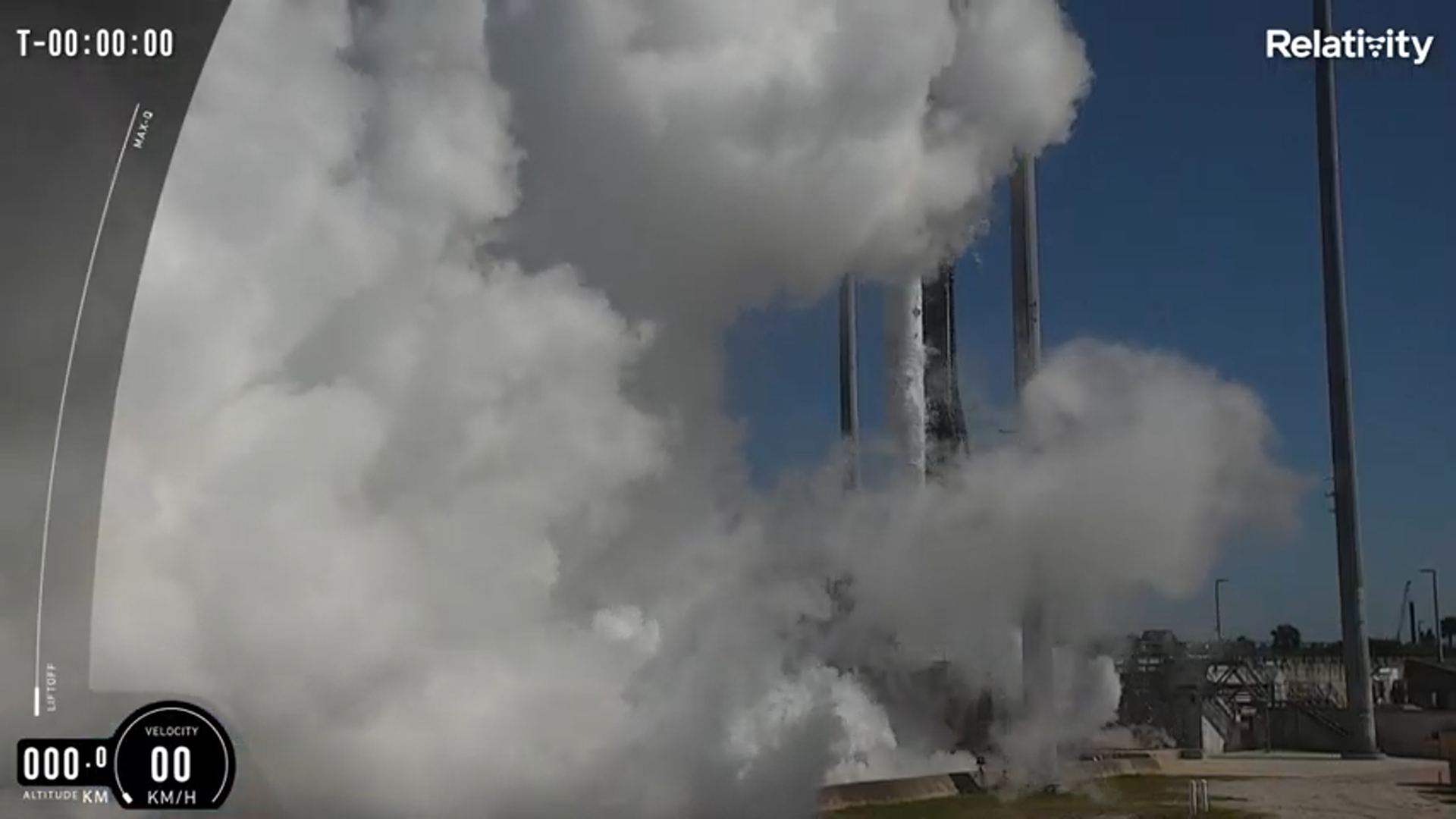
After being thwarted on two occasions earlier in March, due firstly on the 8th to a nagging issue pertaining to thermal conditioning of its Liquid Natural Gas (LNG) and Liquid Oxygen (LOX) propellants and secondly on the 11th to a last-second engine shutdown and recycle on the pad, Relativity Space is hopeful that Attempt No. 3 may prove charmed on Wednesday night, as it aims to launch its first 3D-printed Terran-1 rocket from Launch Complex (LC)-16 at Cape Canaveral Space Force Station, Fla. And waiting in the wings a little further north, at the Cape’s storied Space Launch Complex (SLC)-40, SpaceX is targeting early Friday for its record-tying seventh Falcon 9 flight of March.
It has been a disappointing couple of weeks for Long Beach, Calif.-headquartered Relativity Space, which seeks to develop a fleet of orbital-class launch vehicles, produced almost entirely via additive manufacturing. Through its in-house-designed Stargate system, about 85 percent of the total mass of the first-generation Terran-1 rocket—a two-stage affair, measuring 110 feet (33.5 meters) tall—is 3D-printed, as Relativity aspires to build whole boosters, priced as little as $12 million, in under 60 days.
Although its maiden mission will carry no customer payload, it will fly a 3D-printed piece from the Stargate printer, measuring 6.5 inches (16.5 centimeters) in diameter and weighing 3 pounds (1.4 kilograms). But as outlined in AmericaSpace’s pre-launch story, Terran-1’s capacity to lift payloads up to 2,750 pounds (1,250 kilograms) to a low-Earth orbit of 115 miles (185 kilometers) and up to 1,500 pounds (700 kilograms) to a Sun-synchronous orbit of 750 miles (1,200 kilometers) has already earned it a burgeoning commercial clientele, from Telesat to Momentus and from Iridium to Spaceflight, Inc.
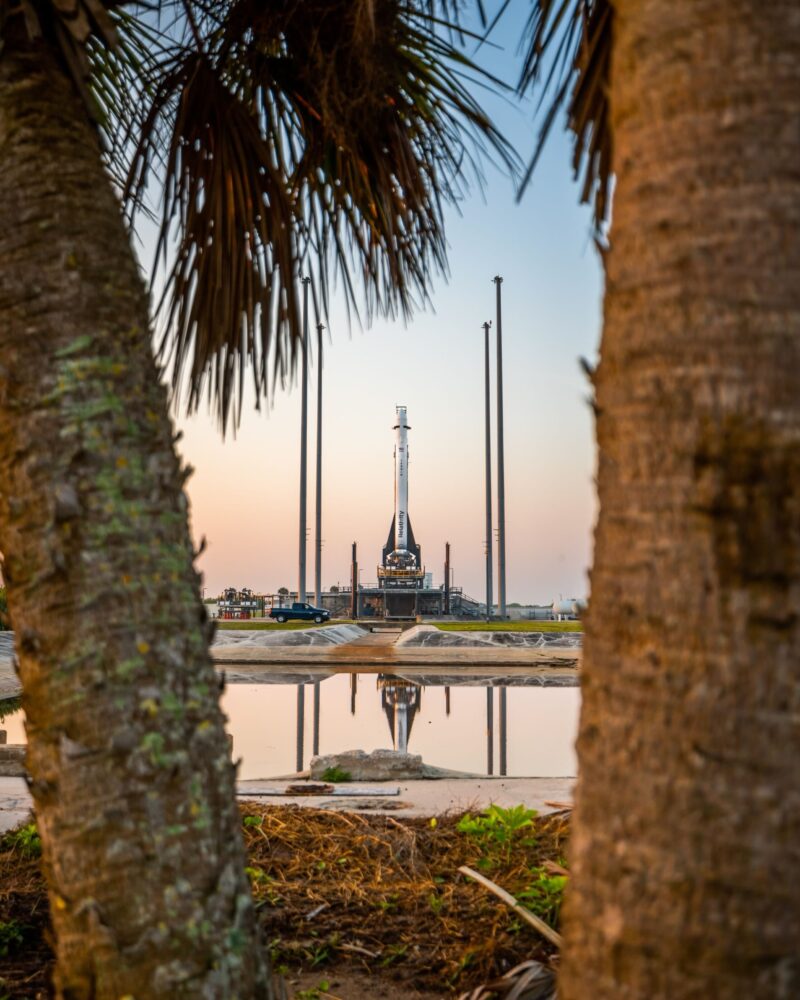
Yet for a mission with the uplifting moniker of “Good Luck, Have Fun”, Terran-1’s opening pair of launch attempts have thus far provided neither. But they have certainly afforded Relativity a wealth of experience and a fair share of drama.
On 8 March, despite picture-perfect weather conditions along the Space Coast, the first try was scrubbed when an issue arose with thermal conditioning of the rocket’s load of Liquid Natural Gas (LNG) and Liquid Oxygen (LOX). Engineers successfully pressed towards the Terminal Count, establishing Terran-1’s propellant tanks at flight pressures, priming the nine Aeon-1 first-stage engines for ignition and beginning the retraction of the Transporter-Erector (TE) “strongback”.
But Attempt No. 1 ultimately came to nought when an autonomous abort was called at T-70 seconds, just as Terran-1’s on-board computer prepared to assume primary command of all vehicle critical functions. “Today’s launch attempt…was scrubbed due to exceeding Launch Commit Criteria (LCC) limits for propellant thermal conditions on Stage 2,” Relativity later tweeted, with subsequent updates imposing blame upon a malfunctioning Ground Support Equipment (GSE) valve.
Attempt No. 2 on 11 March went right down to (and beyond) the wire, with teams electing early to move their targeted T-0 deep into the three-hour “launch window”, on account of iffy upper-level winds at the Cape. Clocks later halted at T-70 seconds, when an unauthorized boat strayed into the launch danger area, before a second effort to get the mission off the ground saw Terran-1’s nine Aeon-1 engines roar to life at T-6 seconds and burn furiously with their characteristically eerie blue-hued exhaust.
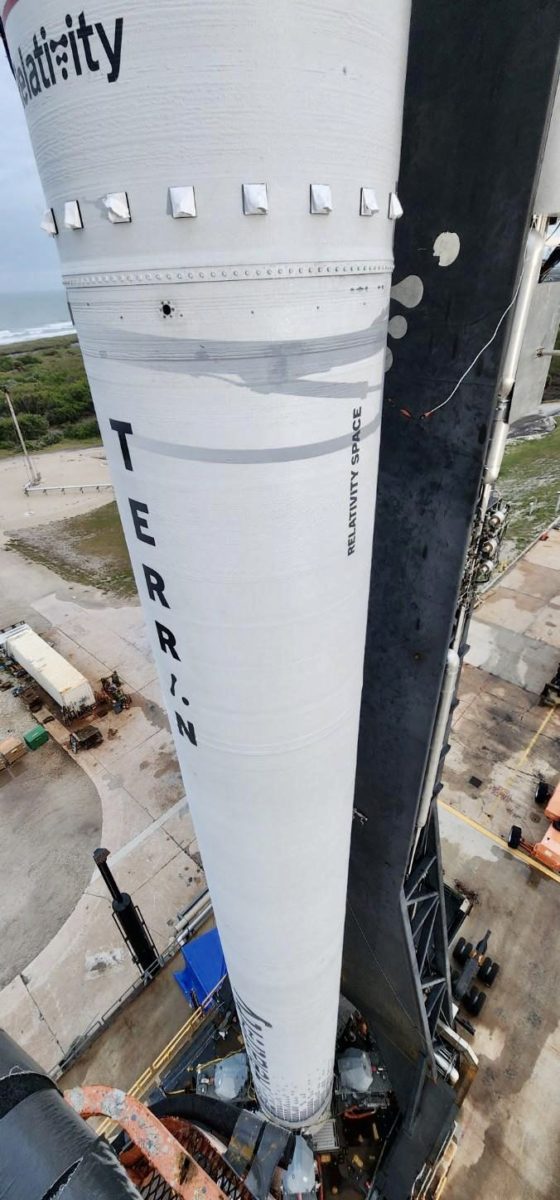
Then, with nail-biting suddenness, at 2:46 p.m. EST, the engines shut down at T-0.5 seconds, leaving the 15-story booster sitting motionless, surrounded by a pall of smoke on the pad. The countdown clock displayed an ominous 00:00:00, with the hold having been autonomously commanded just prior to TE retraction and liftoff.
Astonishingly, the Relativity team recycled clocks to T-45 seconds and went for another try, right at the end of the window at 4 p.m. EST, but it was not to be. Another autonomous hold came at T-45 seconds and with no remaining margin in the launch window, inevitably, the second attempt to get Terran-1 airborne was called off.
“The team went hard today and we intend to do so during our next attempt,” Relativity tweeted after the second scrub. It also offered a candid explanation for the causal factors behind both aborts on 11 March.
During the 2:46 p.m. EST attempt, and during the engine ignition and ramp-up, “it was a corner case in the stage separation automation” which triggered the abort. The team “pushed an update to the vehicle automation” and were able to recycle the count for another attempt. But that try was ultimately scuppered at T-45 seconds, due to an issue on Terran-1’s second stage, whose fuel pressure was just 1 psi too low.
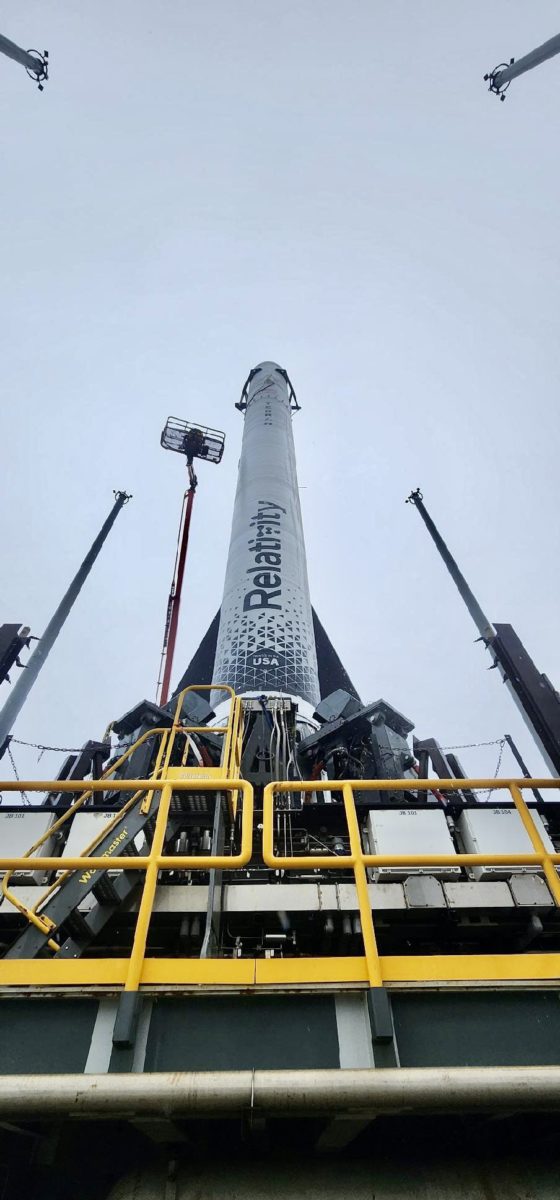
Last weekend, Relativity announced its intent to target a new launch window which extends from 10 p.m. EDT Wednesday through 1 a.m. EDT Thursday, promising an impressive view for skywatchers as Terran-1 soars in the hours of darkness. “Nighttime skies,” the organization tweeted, “mean very cool methane rocket engine plumes.”
As she did on the two previous launch attempts, Mother Nature looks set to smile kindly on Wednesday’s third try to get Terran-1 off the ground. According to the 45th Weather Squadron at Patrick Space Force Base, there exists a 95-percent likelihood of acceptable conditions for both a primary attempt on Wednesday night and a backup opportunity late on Thursday evening.
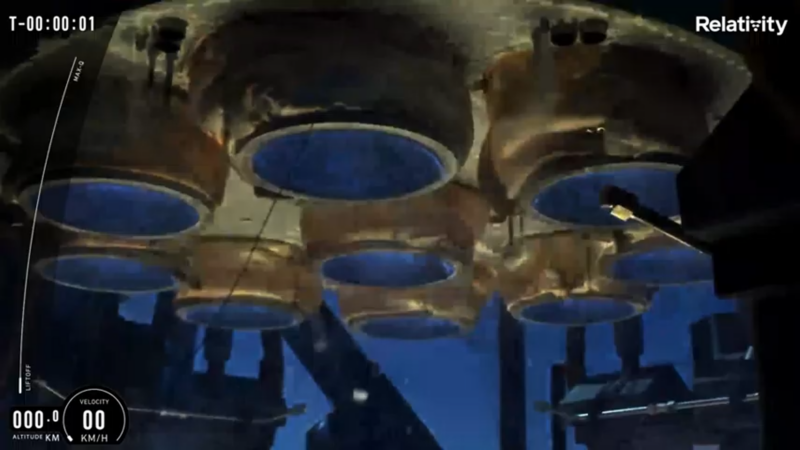
“Favorable weather looks to be in place for the launch attempt Wednesday night,” the 45th noted in its L-1 update on Tuesday. “A weak disturbance will bring a slight chance for showers today, but this feature should be out of the area later tonight and is not expected to be a concern for tomorrow night.
“Expect partly cloudy skies in the area, so there is a slight concern for the Cumulus Cloud Rule, but the overall coverage should diminish through the late afternoon and early evening hours tomorrow,” it added. “In the event of a 24-hour delay, very favorable weather will continue for launch.”
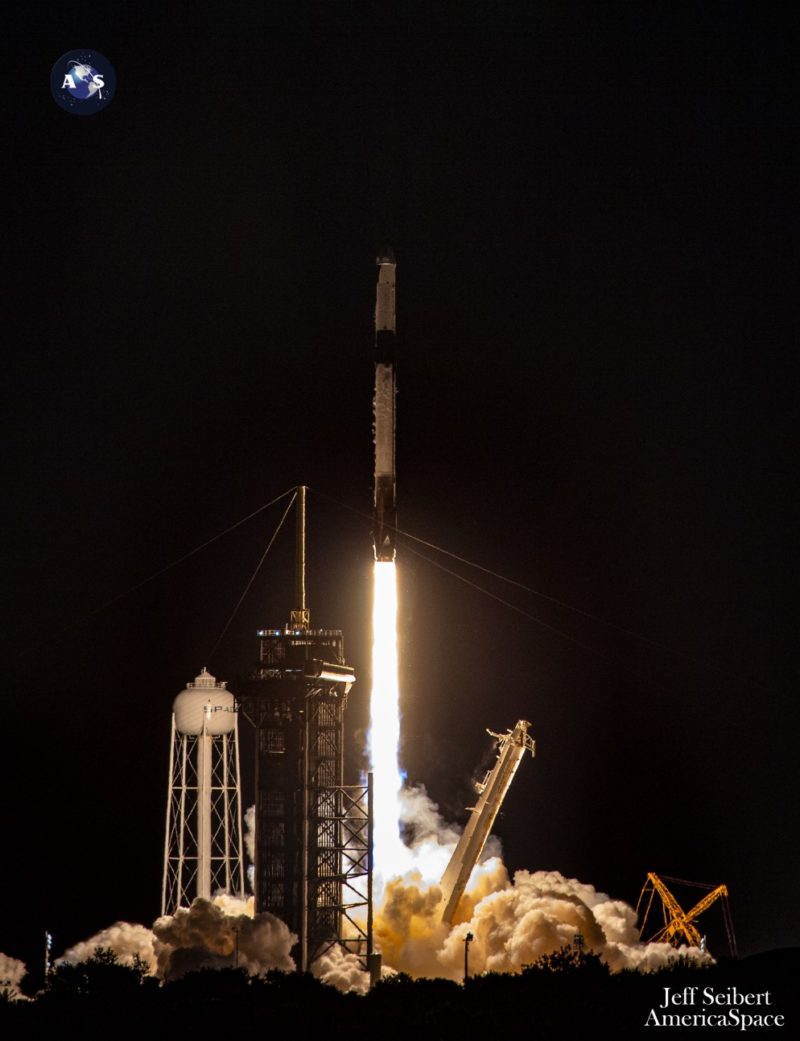
Elsewhere, a flight-seasoned Falcon 9 is being readied for its tenth voyage to space, as early as Friday morning, flying March’s third launch out of SLC-40. Veteran B1067—which becomes the seventh booster core in under two years to log a tenth mission—will carry a payload of Starlink internet communications satellites into low-Earth orbit, marking SpaceX’s record-tying seventh launch of the month.
B1067 entered SpaceX’s Falcon 9 fleet in June 2021, when she lofted the CRS-22 Cargo Dragon for its month-long voyage to the International Space Station (ISS). She went on to deliver eight astronauts from the United States, Germany and Italy to the station as part of the Crew-3 and Crew-4 missions in November 2021 and last April, followed by the CRS-25 Cargo Dragon last July.
Added to that list, she has also ferried a powerful geostationary communications satellite for Turkey, together with 110 Starlinks, a pair of O3b mPOWER broadband satellites and the high-powered Hotbird 13G communications satellite. All nine prior missions terminated with on-point landings on the deck of the Autonomous Spaceport Drone Ship (ASDS), with Thursday morning’s launch expected to do likewise.
In readiness for the upcoming launch, the East Coast-based ASDS, “A Shortfall of Gravitas”, put to sea out of Port Canaveral on Monday, bound for a recovery position about 410 miles (660 kilometers) offshore in the Atlantic Ocean. Booster recovery weather conditions at the landing site are currently classified as “Low Risk”, per the 45th’s Tuesday update, with launch weather at the Cape predicted to be favorable—on the order of 90-percent or higher—for attempts on Thursday and Friday mornings.
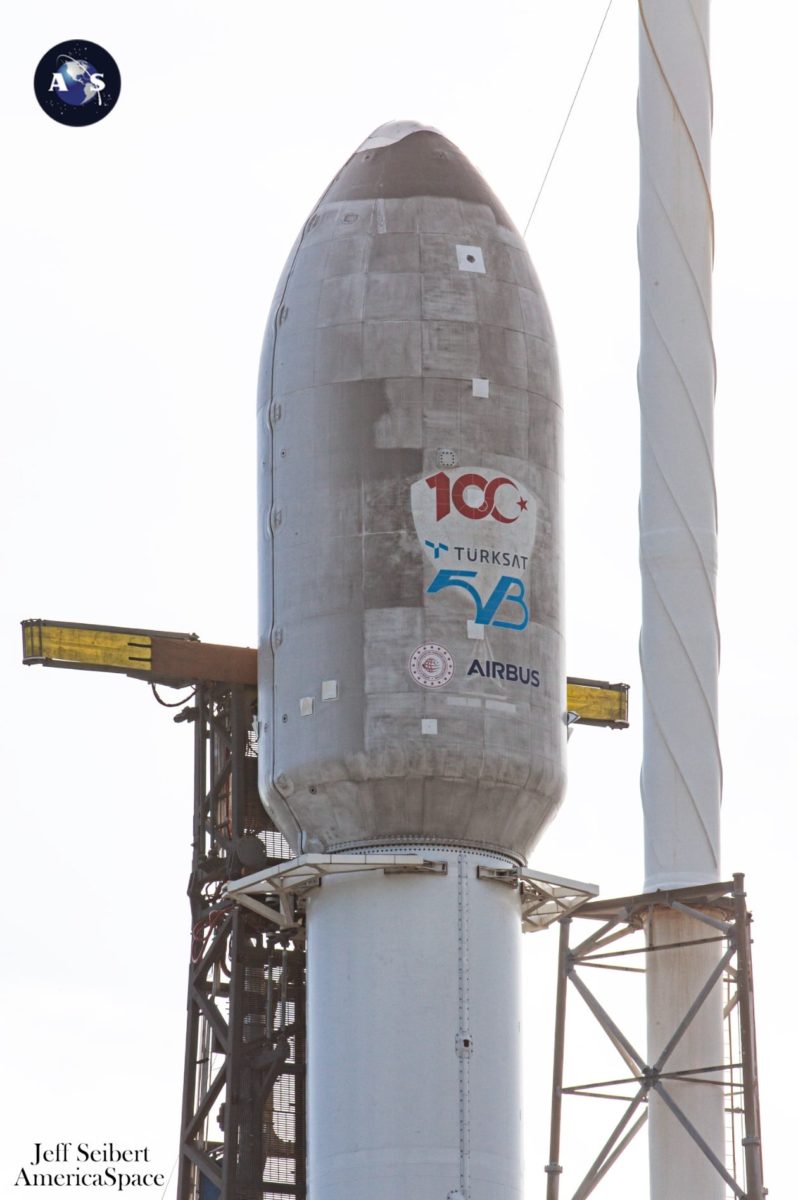
“Surface high pressure over the mid-Atlantic states today will shift eastward through Wednesday, bringing us deeper onshore flow from the east, increased low-level cloud cover and isolated shower chances,” it explained. “By Thursday into Friday, the area of high pressure sags southward and extends across Central Florida, bringing mostly sunny skies, lighter winds and warmer temperatures.”
A delay past Friday into Saturday brings an elevated chance for showers, thanks to a weakening shallow cold front. However, the Probability of Violation (PoV) is expected to remain highly favorable, at about 90 percent.




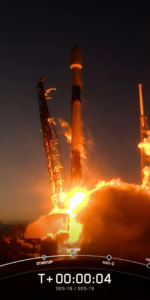
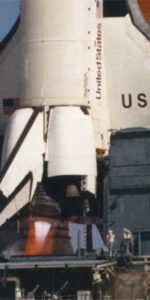
One Comment